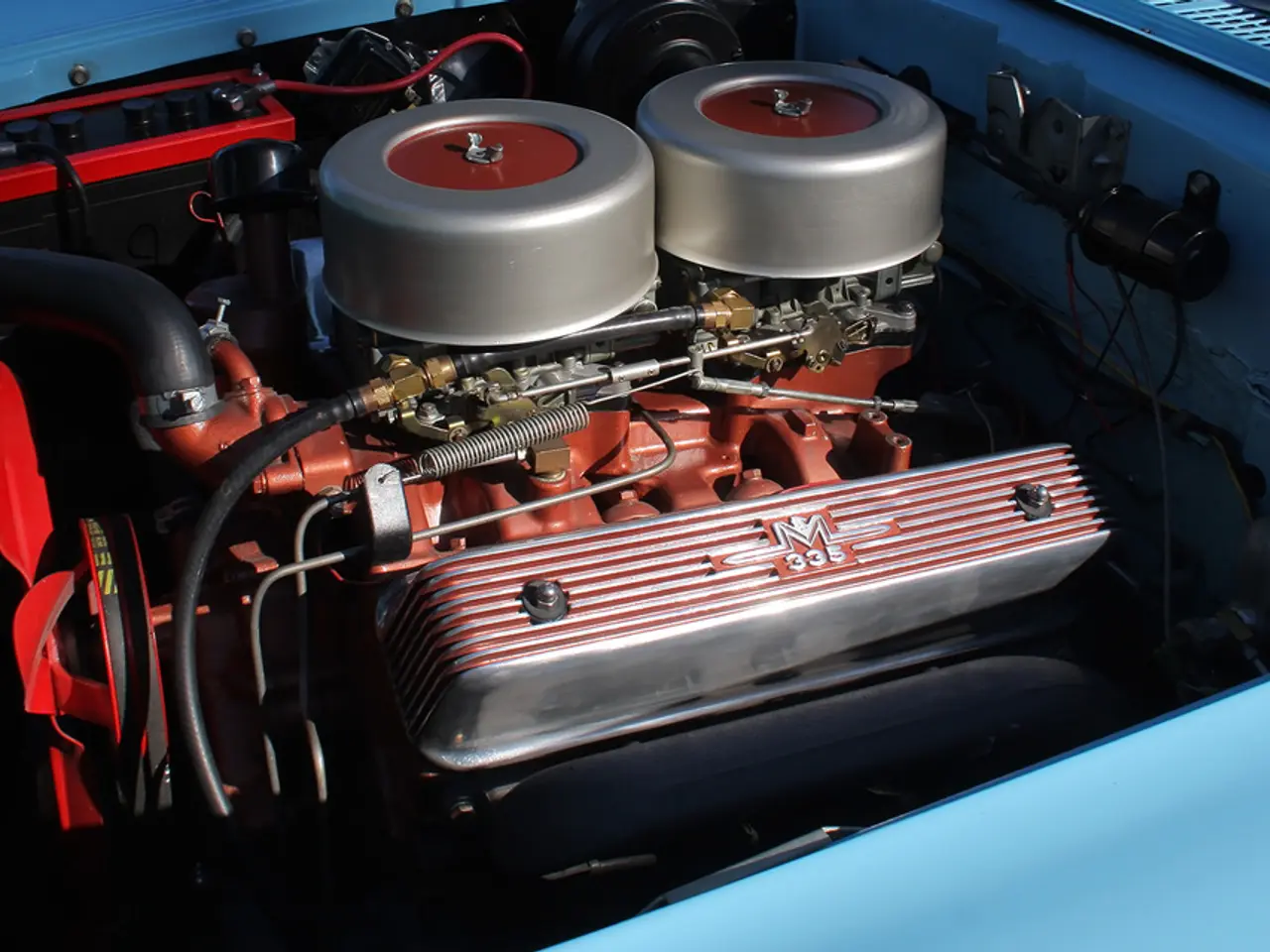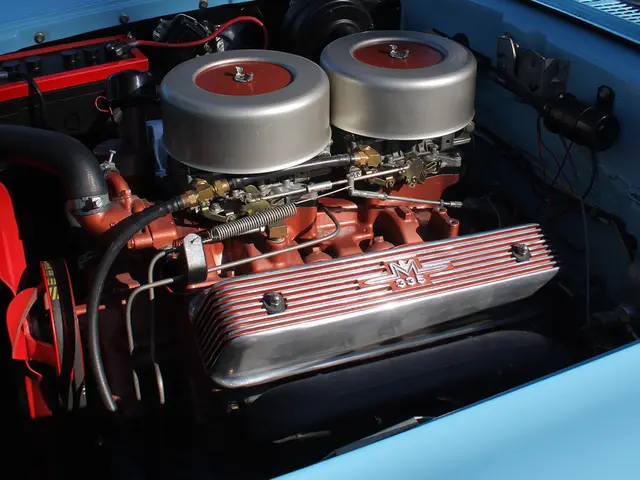The Benefits and Influence of an Assembly Line Demonstrate a Case of Modern Efficiency and Mass Production.
In the early 20th century, a revolutionary change swept through various industries, reshaping the way goods were produced. This transformation was largely due to the introduction of the assembly line production method.
First popularised by Henry Ford in 1913 for automobile production, the assembly line drastically reduced the time to assemble a car, enabling mass production at scale. This innovation made vehicles like the Model T affordable and accessible to the middle class, revolutionising car manufacturing. Beyond automotive, the approach spread into other sectors, such as electronics, appliances, textiles, consumer goods, food processing, and pharmaceuticals, for improved efficiency, cost reduction, and quality enhancement.
The assembly line's efficiency stems from the specialisation of each worker, who focuses on a specific task. This division of labour reduces time wasted on switching between tasks, allowing for faster production rates that meet market demands more effectively. Moreover, the assembly line facilitates the use of automation and machinery, decreasing operational costs.
Standardised procedures and training programs implemented on assembly lines ensure consistent quality across all products. This standardisation plays a crucial role in ensuring high-quality products and minimising the chances of faulty products reaching the market, thereby enhancing customer satisfaction.
Over the 20th century, the assembly line evolved with the addition of quality control, automation, and lean manufacturing principles, further impacting diverse fields. Recently, aerospace manufacturing is seeing potentially transformative changes, with advanced swarm robotics guided by AI signalling another major shift in how large, complex products are made.
In summary, industries such as automotive, electronics, consumer goods, textiles, food processing, pharmaceuticals, and aerospace have been significantly transformed by assembly line methods. These methods have enabled mass production, cost reduction, and scalability across industrial manufacturing, revolutionising the way goods are produced and meeting the demands of a competitive market.
Read also:
- Thriving New Species Discovered in Cambodia's Endangered Karst Regions
- Increased calls by Russia to restrict cement imports, particularly from Belarus, Iran, and Kazakhstan.
- Streamlined Upkeep: Bolstering Operational Efficiency Through Automation
- Steinert XSS T EVO 5.0 once more chosen by Stemin for its reliability.








